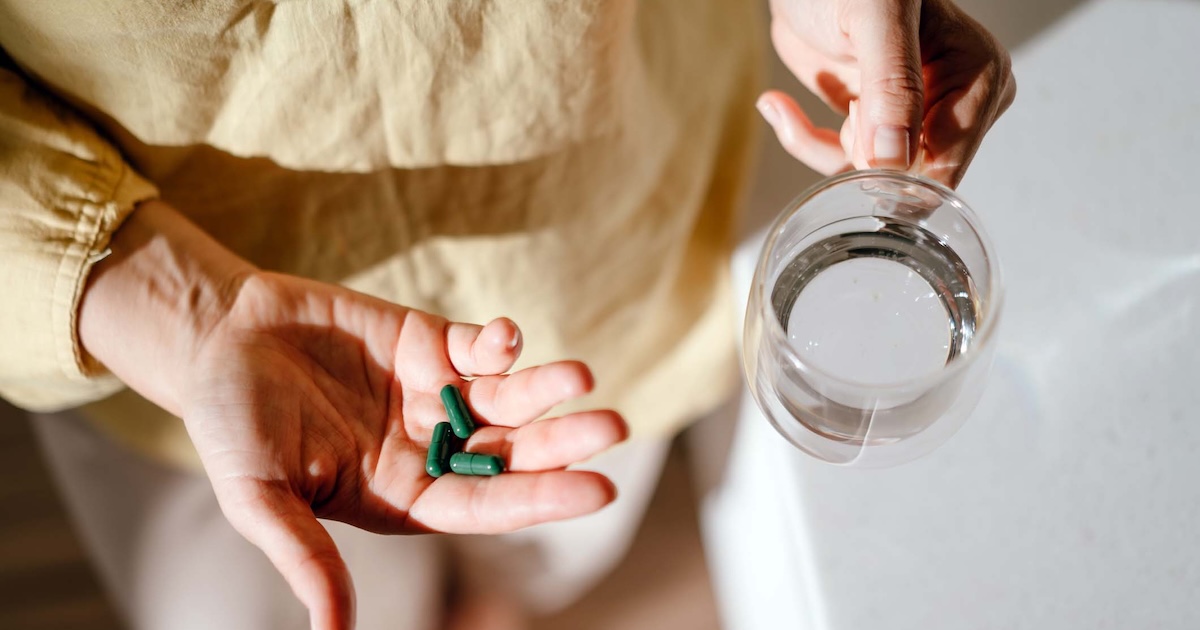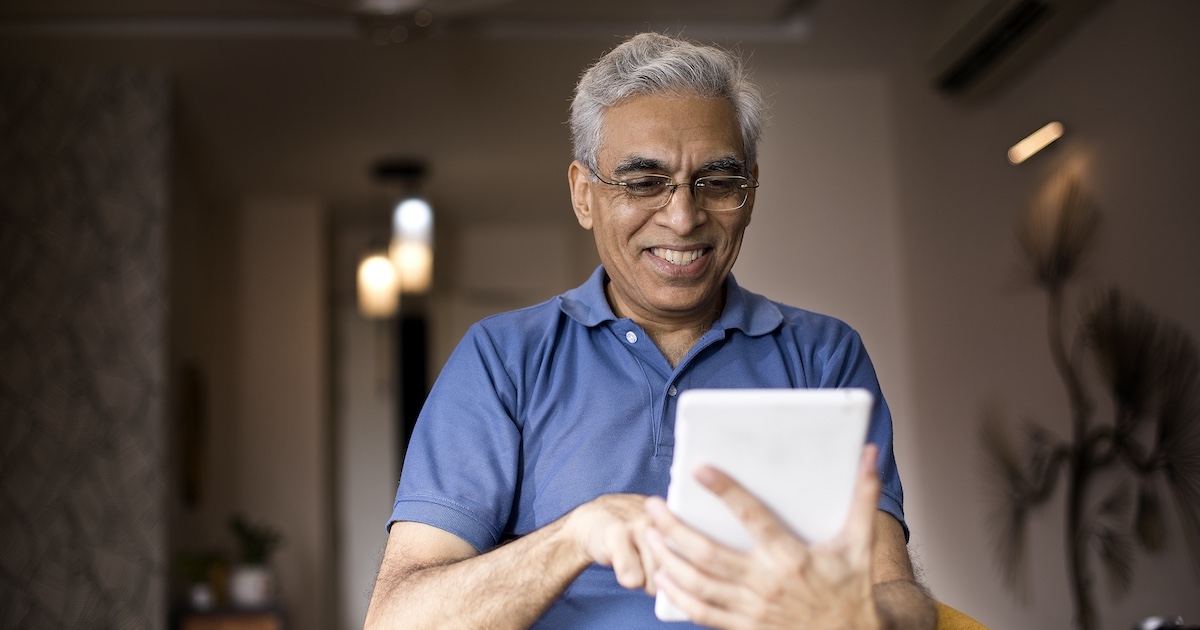While our year-end report is a solid snapshot of the state of the industry at the end of 2009, we noticed that a good number of our most popular news posts from the past year did not find their place in the overall narrative.
As expected the iPhone was a dominant theme for our most popular posts of 2009, which were picked based on which ones accumulated the greatest number of views during the past year. (Naturally, some of the posts from earlier in the year benefited from having more time to accumulate views.) Other big brands that made the list include Weight Watchers, Roche and Jitterbug, which managed to make news that proved to be among the most popular this past year. Our interviews with Johnson & Johnson company LifeScan, Scott Eising from the Mayo Clinic, and Natalie Hodge ("the first iPhone doctor") from Personal Pediatrics ranked among our 15 most read posts, too.
MobiHealthNews published more than 700 posts in 2009, here's the list of the 15 that proved most popular:
1. The real top ten iPhone medical apps
In March we put together our first list of the most popular iPhone apps listed in Apple's AppStore "medical" category. The list pulled the top ten apps that were currently the most popular on the site. While a few of those original "top apps" remain, the majority of most popular apps today are not listed here. Read The Original
2. Interview: Lifescan on iPhone 3.0
MobiHealthNews interviewed Johnson & Johnson company LifeScan’s Director of Communications Dave Detmers the day after the company appeared on-stage at an official Apple iPhone launch event. Detmers gave MobiHealthNews the scoop on the company’s demo fleshed out the background story on its Bluetooth-enabled blood glucose monitor that synchs up with the iPhone 3.0 OS. As Detmers noted, no product launch was imminent -- the demo was just a prototype. We still haven't seen a product from LifeScan that synchs to the iPhone, however, the demo proved to be incredibly influential. Suddenly the healthcare industry was buzzing about connected health with wireless (especially the iPhone) as the centerpiece of that conversation. Read The Original
3. Timeline: The iPhone as medical tool
By June the buzz around the iPhone as a medical tool had reached such a fever pitch that we had trouble keeping up with all things iPhone and health, so we assembled a timeline to organize the developments up until that point. Read The Original
4. Sussing out Weight Watchers' iPhone app competition
We were a bit surprised that Weight Watchers planned on submitting an iPhone app, which would be free for its users, but it's even more surprising that the weight loss giant's plans ended up on our most read list for 2009. The company announced its plans for an app in early August during an investor's call, and the app launched in late September. Read The Original
5. The Sorry State of Palm Pre Medical Apps
The iPhone, of course, is not the only smartphone that is popular among healthcare workers -- BlackBerry devices certainly have a place and Palm's devices always used to be a fixture in clinical environments. That's probably why this article, which laments the lack of medical devices available for the Palm Pre smartphone, proved so popular. Read The Original
6. Interview: Mayo Clinic forges its mobile strategy
There are a few care providers out there whose moves are closely followed and often emulated. Mayo Clinic is one of them. That's likely why this interview with Scott Eising, director of product management for Mayo Clinic Internet Services made the list. Eising discussed his group’s strategy and pain points for moving Mayo Clinic’s online offerings to the mobile platform. Every major provider of health services is trying to figure out how best to go mobile. Eising offered a peek behind the curtain at Mayo to discuss how the not-for-profit, integrated medical practice is planning to do just that. Read The Original
7. FDA may regulate iPhone Health Apps
The specter of new regulation for wireless health devices and applications has been an important issue throughout the year. In early February, the FDA's Don Witters invited those working on wireless health devices and services to talk to the FDA about the current and potential regulatory framework. Since then we have published a number of how-to articles for wireless health regulation. Recently there has been an uptick in the number of predictions by industry thought leaders who believe the FDA is set to make an example out of some smartphone app developers who have not gotten FDA clearance. Read The Original
8. Google Health: The future of healthcare is mobile
Unlike Microsoft, which has worked with a number of industry partners to connect wireless health devices to its personal health platform, HealthVault, and to make it accessible via mobile phones, Google seemed to be less aggressive when it came to mobilizing its Google Health offering. There was a time we noted that Google Health’s mobile strategy was allowing users to print out a copy of their health information and keep it in their wallet. That may be why this interview with Google Health Product Manager Roni Zeiger proved to be so popular. Zeiger agrees that mobile is a big opportunity and Google does plan to leverage the mobile platform soon. We still look forward to Google Health’s arrival in wireless health. 2010? Read The Original
9. Apple, Epic team up for mobile EHR pilot
Despite its demo with LifeScan earlier in the year, Apple's iPhone only served as a platform for other companies to develop applications for -- the company had not directly been known to be involved with wireless health pilots or services. That is until the Wall Street Journal broke the news that Apple was working with Epic Systems to integrate the iPhone into the EMR vendor's system at a Stanford hospital. Rumor has it that the resulting product could be announced in January 2010. Read The Original
10. Interview: Dr. Hodge, the first iPhone Doctor
Dr. Natalie Hodge refers to herself as the "first iPhone doctor," which, if this article's popularity is any indication, proved to be a sticky idea. Hodge’s start-up Personal Pediatrics aims to equip a fleet of self-starter pediatricians in major metro areas with iPhones, cloud-based practice software and the marketing know-how to court new parents, families and corporate health programs alike. The company’s plan points to a growing trend of doctors returning to what was once a mainstay of the profession: the house call. Hodge has since moved to the Silicon Valley area to build out her team and roster of clients. Read The Original
11. Qualcomm pulls the plug on LifeComm
This is perhaps one of the most important stories of 2009 for the wireless health industry, not just because it marked the shuttering of an initiative that inspired many start-ups to work in the wireless health industry, but also because it was a sign that the industry had grown beyond its need for that initiative. MobiHealthNews broke the news that Qualcomm had decided to pull the plug on LifeComm, a start-up four years in the making that planned to be a mobile virtual network operator (MVNO) for wireless health services. Qualcomm realized that wireless operators would be willing to carry these services now -- back in 2005 they would not mostly because of liability concerns. Since news broke that LifeComm's partners would form their own separate companies, telecom carriers including Verizon and Vodafone each announced their own healthcare business units. Read The Original
12. Sneak peek: What's coming to Jitterbug's Services Store
While Verizon and Vodafone recently announced their new healthcare business units, one wireless service provider has been leading the charge for wireless health services for a number of years: GreatCall and its Jitterbug mobile phone service for seniors. This past year Jitterbug announced plans to launch its version of an AppStore, which it calls its Services Store, because its users want more than just an "app" they want customer service and continued support. Not surprisingly, many of the services that Jitterbug plans to offer are health-related. Read The Original
13. Rumor: Philips to acquire CardioNet?
After Highmark CMS announced plans to slash wireless cardiac remote monitoring company CardioNet's reimbursement rate by about 30 percent, the company's stock price fell precipitously. Around that time rumors began to swirl that CardioNet would have to be acquired to sustain its operations because its decreased revenue potential made its operating costs too expensive. One of the big rumors widely discussed in investor forums was that Philips had its eye on CardioNet. Most of the other big names in medical devices have also been floated since. CardioNet recently announced that it had retained a banking firm as a financial advisor, which led many to believe it may seriously consider acquisition bids. Read The Original
14. Now training: Seeing eye mobile phones
Google recently announced a service called Google Goggles, which enables users to take a photo with their mobile phone and send it to Google as a search item. Users can then find out about where they are or more information about the object they took a photo of perhaps. Google's service is based on technology it acquired from a start-up named NevenVision, previously known as Eyematic. When Eyematic sold NevenVision to Google, the remaining entity was called iVisit, which recently launched a service that enables smartphones to act as a "seeing eye" for those in need. One of the company’s newest products is called SeeScan/SeeStar, which aims to help the blind and visually impaired to identify their surroundings by using the camera on their mobile phone. Read The Original
15. Glucose Buddy inks app deal with Roche
This story marked one of the first times a pharmaceutical company had contributed to or launched an iPhone app: MYLEstone Health, developer of the Glucose Buddy iPhone app, is working with Roche Diagnostics’ Accu-Chek to add its educational program to the Glucose Buddy diabetes management app. Read The Original


